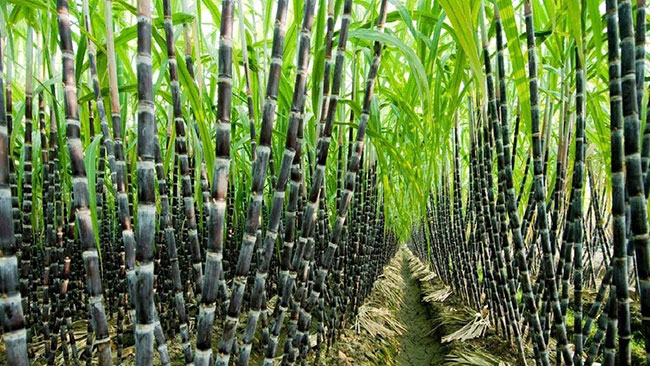Compost no solution to fertiliser issue
Posted on July 13th, 2021
GAMINI PEIRIS Courtesy The Island

Most writers have referred to compost as organic fertiliser, which is technically incorrect. Incorporation of compost into agricultural lands is not new. It is an age-old practice. The nutrient content of compost is about 2%, which is negligible compared to what inorganic fertilisers yield, e. g. to get the same amount of nitrogen obtained from 100 kg of urea one needs 2300 kg of compost. Therefore, it is not possible to compare compost manure with inorganic fertiliser.
Compost at best is a soil conditioner, which improves the physical properties of a soil and is complementary when used in conjunction with inorganic fertiliser. Benefits of the use of compost are manifold. Foremost amongst them are: Improves water holding capacity;
Improves cation exchange capacity meaning availability of nutrients to plants; Improves aeration; Improves the tilth of the soil. Enhances the soil microflora important in healthy plant growth.
As a lot has been said by others, I will not attempt to elaborate on a comparative analysis.
It is important to bear in mind that compost has no set standard. It can vary from one source to another. Somebody has advocated the use of poultry manure in large doses. It is very acidic and rich in phosphates. It can also contain undigested antibiotics, used widely in the industry. These things can get washed away and enter water bodies, which eventually enter the human body, Danger!
It must also be said that some writers adopted a hunt with the hound and run with the hare kind of attitude when dealing with the subject. They tried to soften the deadly blow by saying that it should have been a phased-out transition going up to 20 years for a complete change. How come? Even in 100 years, inorganic fertilisers can never be replaced with compost. It will be a futile attempt. As most of us know, if the ban on importation of inorganic fertilisers and agrochemicals continue, the first victim would be the tea industry, followed by all short-term crops, like vegetables, including potato, rice and so many others. We easily could once again be another first in the world. Records would tumble for the asking.
On a different note, a big noise was made recently that the sugar industry is switching over to compost as fertiliser! The writer spent about 30 years in the sugar industry, in different capacities as research manager, plantation manager, general manager, advisor and, until recently, as consultant. The present plight of the industry is quite pitiable. We recorded sugar recoveries of 8.5-9% from certain plantations, which now yield bearly 6%. It means a drop of 2.5-3 tons of sugar from every 100 tons crushed. Considering that they crush about 250,000 tons, the loss is about 7500 tons of sugar and Rs. 750 million. Sizable indeed. The recovery in certain factories today is a little over 5%.
Sugar is made in the field by the cane, and the factory only extracts it. Sugar does not accumulate automatically in the cane. It has to be managed, and the fertiliser plays an important role in it. The type of fertiliser applied and its timing are vital. Compost, besides other constraints, cannot do this. I will not dwell further on sugar. It is a different kettle of fish.
Where are we heading?
GAMINI PEIRIS
Panadura